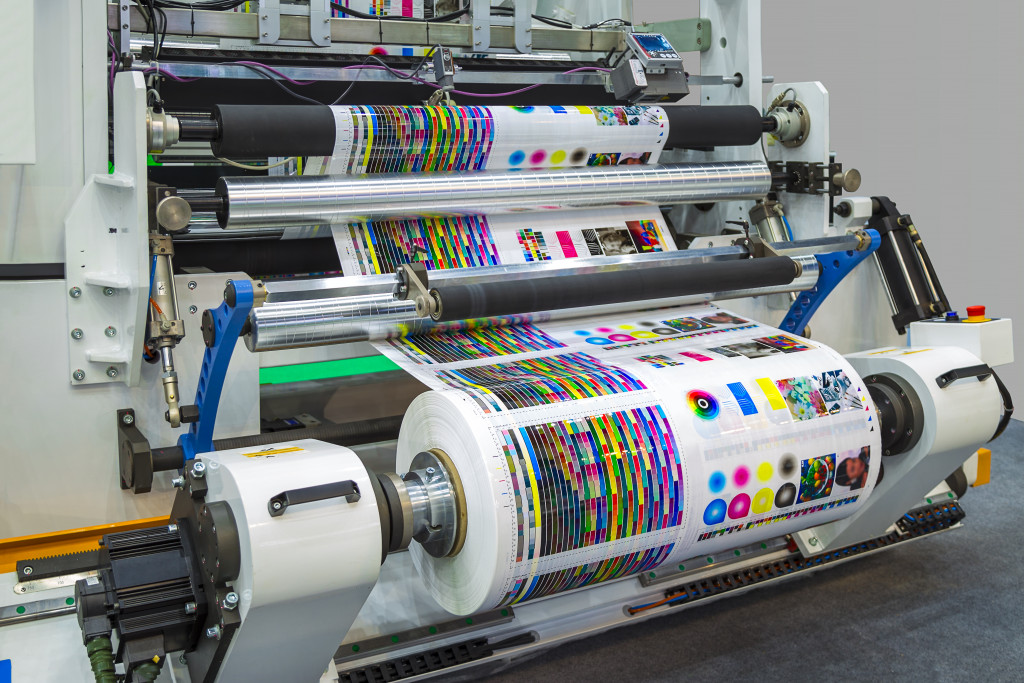Buying new equipment may seem like a common and simple task for many, when in fact, it can make or break a company’s operations. Almost all kinds of equipment used in the production process are not only complex in nature but also very expensive. Regardless if you’re in the manufacturing, food, or clothing industry, it only makes sense to ensure you’re investing your hard-earned capital into a high-standard asset.
From comparing vendors to evaluating features of the equipment, everything should be carefully checked. To guide you in making the right purchase, we’ve provided you with some factors that you should check during the buying process.
-
Company goal
Having a focused and clear idea of what you’re looking for in equipment can help you easily decide what type of machine you need. For instance, let’s say you run a printing business and want to increase production. Buying an automatic hot foil stamping machine is clearly a better investment compared to a manual one. Investing in automatic machines is also ideal if you opt to improve the quality of your products and increase profits.
Keep in mind that when it comes to the production or manufacturing industry, comfort buy is out of the question. It would help if you had equipment and machines that add value to your business, regardless of your specific goal.
-
Transition period
It’s important to note that even if you purchase an automatic printing machine for your business or any cutting-edge equipment that requires minimum human operations, the transition period is still something to consider. New equipment is purchased to potentially lower costs, increase productivity, and eventually boost profitability.
However, before that, your staff needs to first adapt to the new machine and learn how to use it. That is likely to cause a slowdown in production. As you know, any downtime or delay costs money, so ensure you have the fund for this. You’d also want to check if your team will need to be trained — budget for that as well.
-
Financing

For the tough part, you need to plan how you’d like to finance the purchase of your new production equipment. If you’re completely purchasing the equipment, keep the warranty in mind as once it’s expired, you’ll be responsible for all the repairs should any issues arise. If you are low on budget, you might be thinking of leasing the equipment rather than buying it. While this option offers smaller payments and flexibility, it can still be an expensive option if you’re thinking of long-term use. Another alternative is renting, which an ideal choice if you only have one task or project to complete.
-
Brand new or used
In most cases, the difference between the quality of a new and used machine isn’t much of a big deal. The deal-breaker is the price. According to manufacturing businesses, they can save around 25% to 50% on buying used machines. If this option sounds more appealing to you, you can search for used equipment on online sites, liquidation sales, or auctions. Doing so will allow you to save a ton of your capital. On the other hand, if you want more protection and security, buying a new machine is worth considering. It can guarantee excellent working conditions and even possibly provide you with tax benefits.
-
System aging
When we say system aging, durability isn’t the primary concern. What you should focus on is the potential changes in your business, industry, or regulations. Can the equipment adapt and compete even if new technology is introduced in the market? Depending on the equipment type or your business, a good system should adapt to stricter safety and sanitation requirements, new software capabilities, additional nutrient needs, and precise measurements.
-
Certification
Last but not least, always deal with a vendor or provider that adheres to the required industry standards and has the necessary certifications. This will further ensure that the equipment you’ll be getting is up to par. Generally, it would be best to look for ones with certifications in environmental and quality management systems. Other specific certifications include ISO standards, IEEE standards, OSHA equipment safety standards, and UL wiring and control standards.
Getting new equipment for your production needs is a huge financial decision. That is exactly why taking the time to calculate all the benefits, costs, and other considerations is essential. If you think you need to do a cost-benefit analysis, too, do it. And most of all, don’t forget to take a test drive to see how the equipment operates, feels, and looks.

